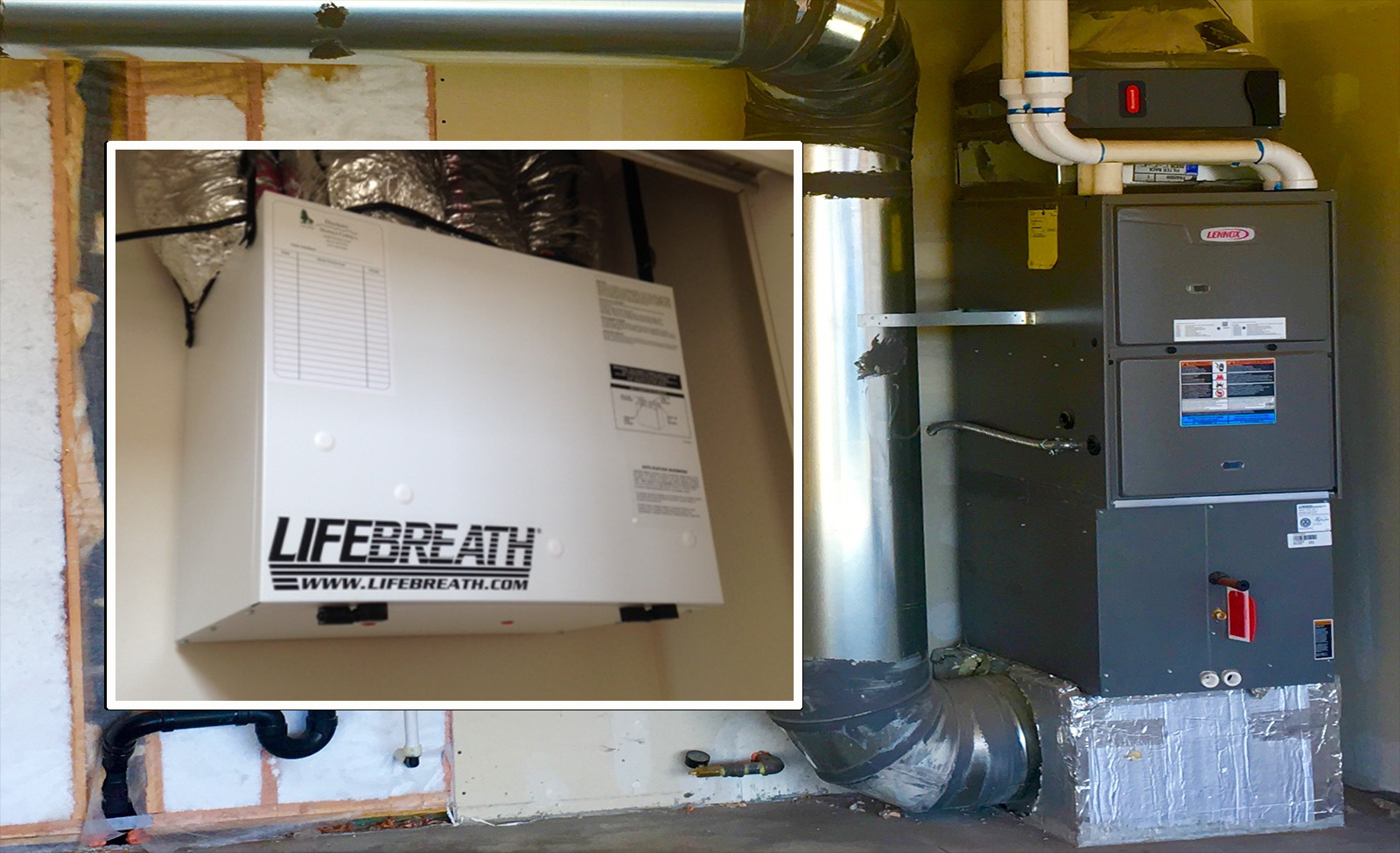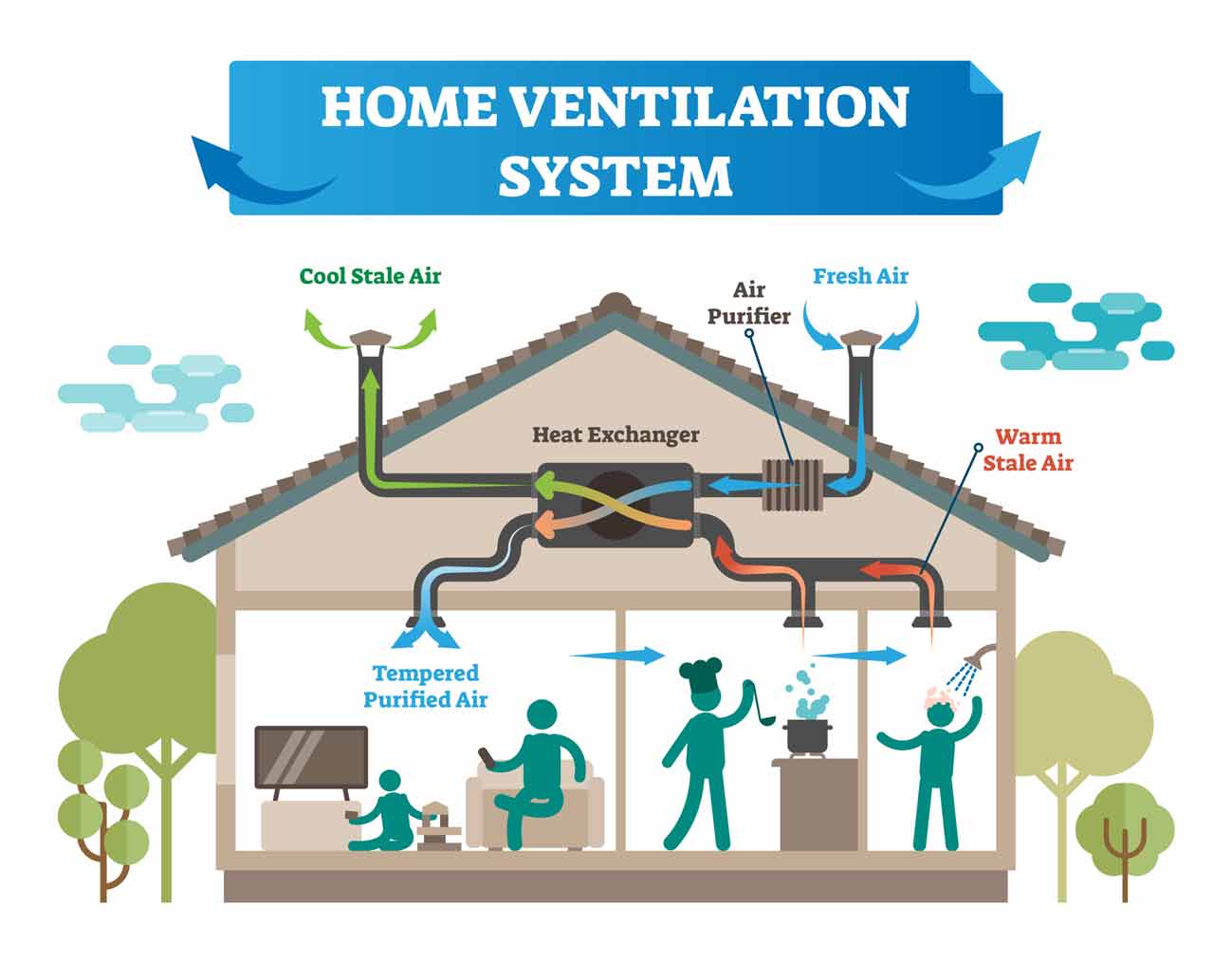Checking out the Advantages of Heat Recovery Ventilation for Power Efficiency in Houses
Heat Recovery Ventilation (HRV) systems provide house owners a functional strategy to enhancing energy performance. By redeeming warm from outbound air, these systems can substantially lower heating & cooling costs. Additionally, they give a stable supply of fresh air, boosting interior air high quality and convenience degrees. As homeowners take into consideration sustainable options, comprehending the subtleties of HRV systems comes to be increasingly important. What factors should one review prior to making such a financial investment?
Recognizing Heat Recovery Ventilation Solutions

How HRV Improves Indoor Air Quality

Energy Savings: The Financial Advantages of HRV
Optimizing energy effectiveness, heat recovery ventilation (HRV) systems use substantial financial advantages for homeowners. By recuperating and recycling heat from exhaust air, HRVs considerably minimize home heating and air conditioning prices. This innovation can cause energy cost savings of approximately 30%, relying on climate and use patterns. Property owners typically observe reduced utility bills quickly after installation, making HRVs an economically smart financial investment in time. Furthermore, many regions supply rewards or refunds for energy-efficient upgrades, better improving the monetary allure. As power prices continue to rise, the cost-effectiveness of HRVs becomes increasingly clear. Overall, the incorporation of HRV systems not only advertises power performance yet likewise contributes to long-lasting monetary cost savings for households.
The Environmental Influence of Heat Recovery Ventilation
A considerable environmental advantage of heat recovery ventilation (HRV) systems depends on their capability to reduce general power usage. By reclaiming warmth from exhaust air and transferring it to inbound fresh air, HRV systems decrease the requirement for energy-intensive home heating and cooling down methods. This decrease in energy need contributes to reduce greenhouse gas exhausts, as much less fossil fuel is called for to maintain comfortable indoor temperature levels. Furthermore, HRV systems boost indoor air quality by efficiently exchanging stagnant air with fresh outside air, decreasing dependence on mechanical air conditioning systems that can hurt the atmosphere. Generally, the implementation my sources of HRV systems supports sustainable living practices and aligns with international efforts to battle environment modification by advertising energy efficiency in domestic settings.
Choosing the Right HRV System for Your Home
How can home owners ensure they choose the best heat recovery ventilation (HRV) system for their demands? Initially, they should analyze their home's dimension and design, as these aspects influence airflow needs. Next, reviewing the system's effectiveness ratings is crucial, as higher ratings show much better performance and energy financial savings. Homeowners should likewise think about setup and maintenance prices, contrasting various brands and models for value. Furthermore, it is necessary to evaluate sound levels, as some systems run more silently than others. Consulting with cooling and heating professionals can supply customized referrals based upon specific home conditions. Analyzing individual evaluations and service warranties can help in making an informed choice, guaranteeing that the selected HRV system efficiently boosts interior air quality and energy efficiency.
Regularly Asked Questions

Exactly how Usually Should I Clean or Keep My HRV System?
The frequency of cleansing or keeping a heat healing air flow (HRV) system typically relies on usage and ecological aspects. Generally, it is recommended to execute maintenance every six months to guarantee peak efficiency and air high quality.

Can HRV Solutions Help In Reducing Moisture Degrees Inside Your Home?
HRV systems can successfully decrease interior humidity degrees by exchanging stagnant, moist air with fresh, drier air from outdoors. HRV Heat Recovery Ventilation. This process helps preserve a balanced indoor atmosphere, improving convenience and stopping moisture-related concerns
What Is the Life expectancy of a Typical HRV System?
The lifespan of a typical heat recovery ventilation (HRV) system differs, typically lasting between 10 to 15 years. Routine maintenance can expand its efficiency and operational life, click here to find out more making certain peak performance throughout its usage period.
Are There Any Type Of Sound Interest In HRV Equipments?
Sound worry about HRV systems can develop, particularly from follower procedure. However, lots of modern-day units are developed to reduce audio levels, guaranteeing they run quietly while maintaining performance, which resolves potential disturbances in living atmospheres.
Can I Install an HRV System Myself, or Do I Required a Specialist?
The private contemplated whether to mount the heat recovery ventilation (HRV) system personally or work with a professional. Generally, while DIY installation is possible, experience guarantees correct functionality and compliance with regional building ordinance, enhancing system efficiency.